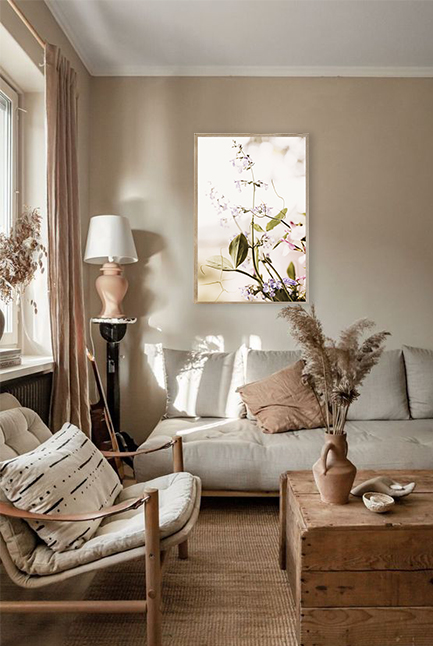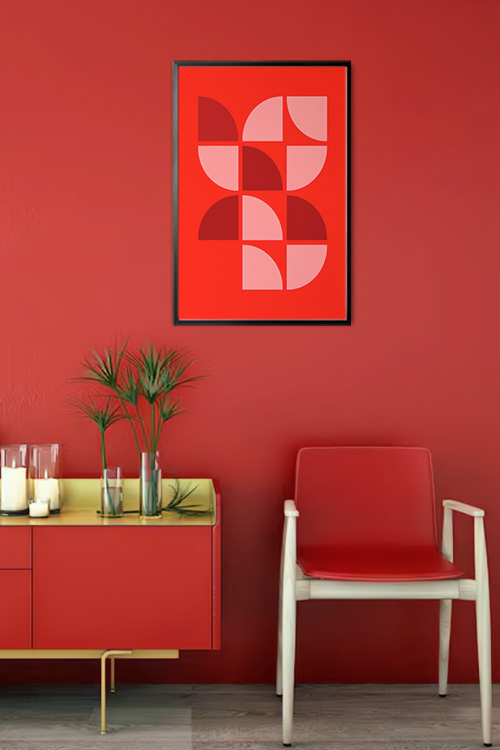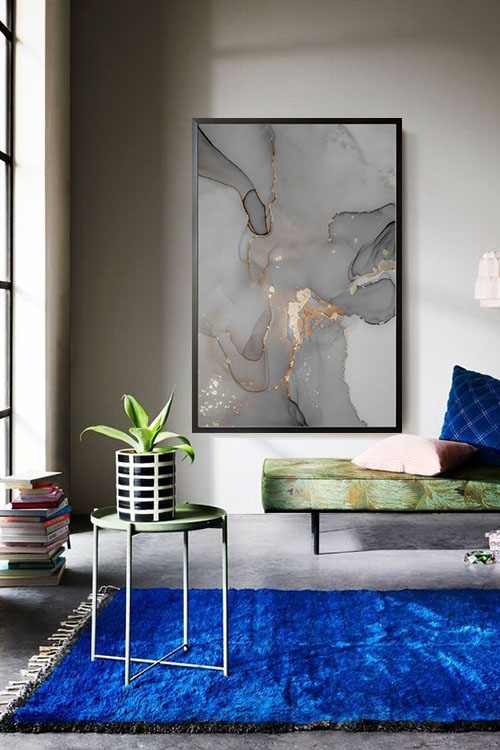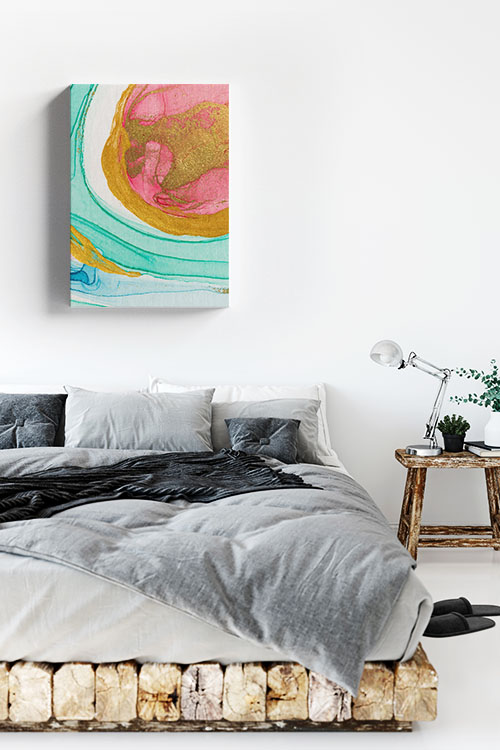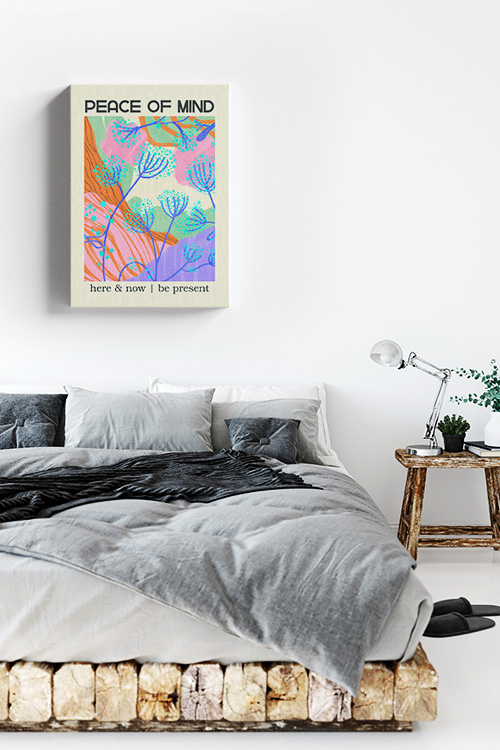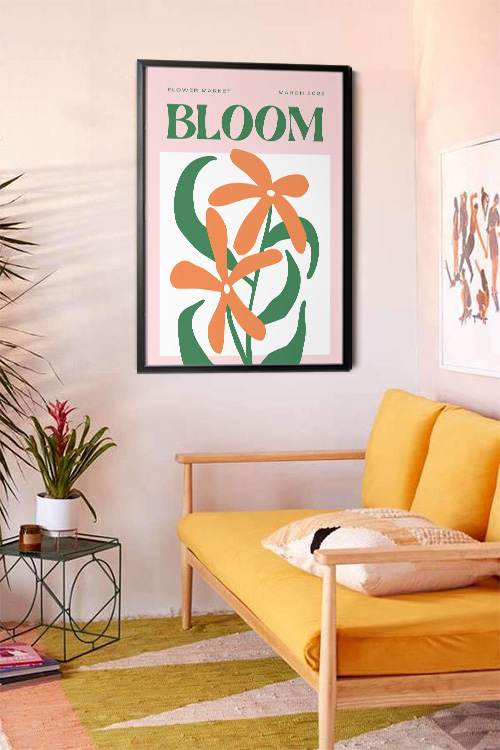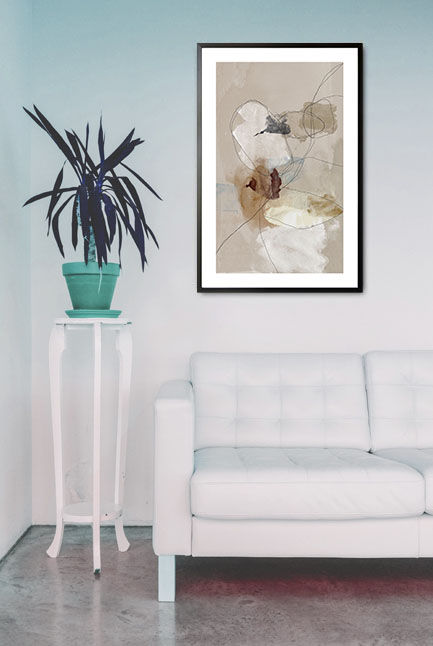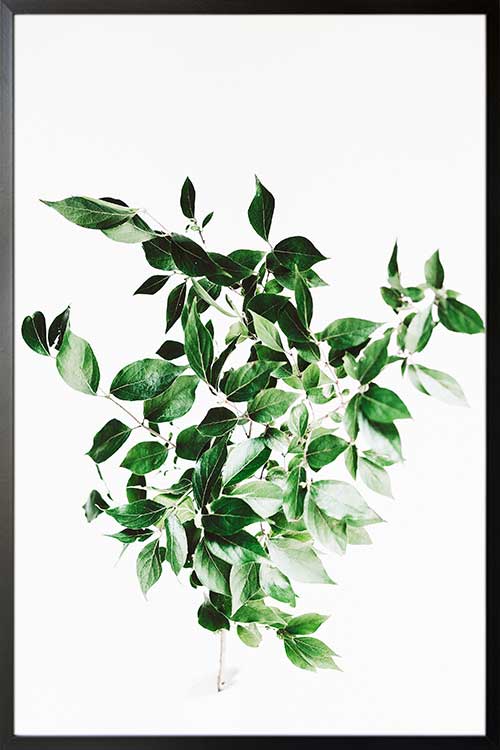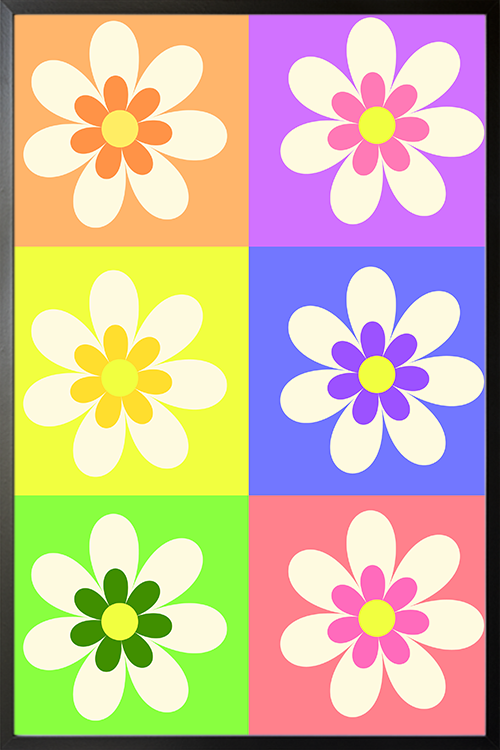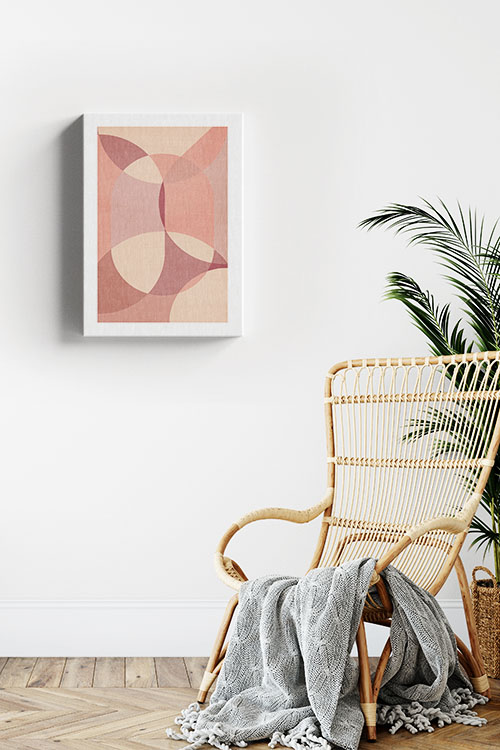
Open-concept spaces are popular for creating airiness, light, and flow between areas such as the kitchen, dining, and living rooms. However, designing such spaces can be challenging in maintaining functionality and visual harmony. Here are some key interior design ideas to help you make the most of your open-concept layout.
Define Zones Without Walls
Although open-concept layouts eliminate most walls, it is still essential to establish clear zones for different functions. Use area rugs, lighting, or furniture placement to visually separate spaces. Examples are a large rug in the living area and a pendant light to highlight the dining zone.
Create a Cohesive Color Palette
A consistent color palette is essential for visual flow. Choose a base of neutral tones and add pops of color through accessories or accent furniture. This creates a unified appearance while allowing each zone to retain its personality.
Use Multifunctional Furniture
Empower your design choices with versatile furniture that enhances the flexibility of open spaces. Choose pieces like modular sofas, extendable dining tables, or storage ottomans that can serve multiple purposes. This saves space and keeps the layout adaptable, giving you the freedom to rearrange and redefine your space as needed.
Incorporate Lighting Layers
Lighting is crucial in open-concept designs. The ‘lighting layers’ concept involves combining ambient, task, and accent lighting to define each area. For example, recessed lighting provides general illumination, while pendant and floor lamps emphasize specific zones, such as the dining area or a reading nook.
Add Natural Elements
Introduce natural textures such as wood, stone, and greenery to bring warmth and character to your space. Plants, wooden beams, or a stone backsplash can add visual interest and help soften the modern lines often found in open layouts.
Consider Vertical Space
Maximize wall height with tall bookshelves, artwork, or vertical storage solutions. This draws the eye upward, making the space larger and more layered.
Keep it Clutter-Free
Take control of your open space by maintaining a clutter-free environment. Everything is visible in an open space, so to keep things tidy, incorporate innovative storage solutions like built-in cabinets or furniture with hidden compartments. This will give you a sense of order and control over your space.
In a Nutshell
Designing an open-concept space is about balance–blending function with flow while maintaining a unified style. With thoughtful planning and creative use of lighting, furniture, and color, you can create a beautiful, cohesive space that feels open and inviting. This balance reassures you that your space can be functional and aesthetically pleasing.
